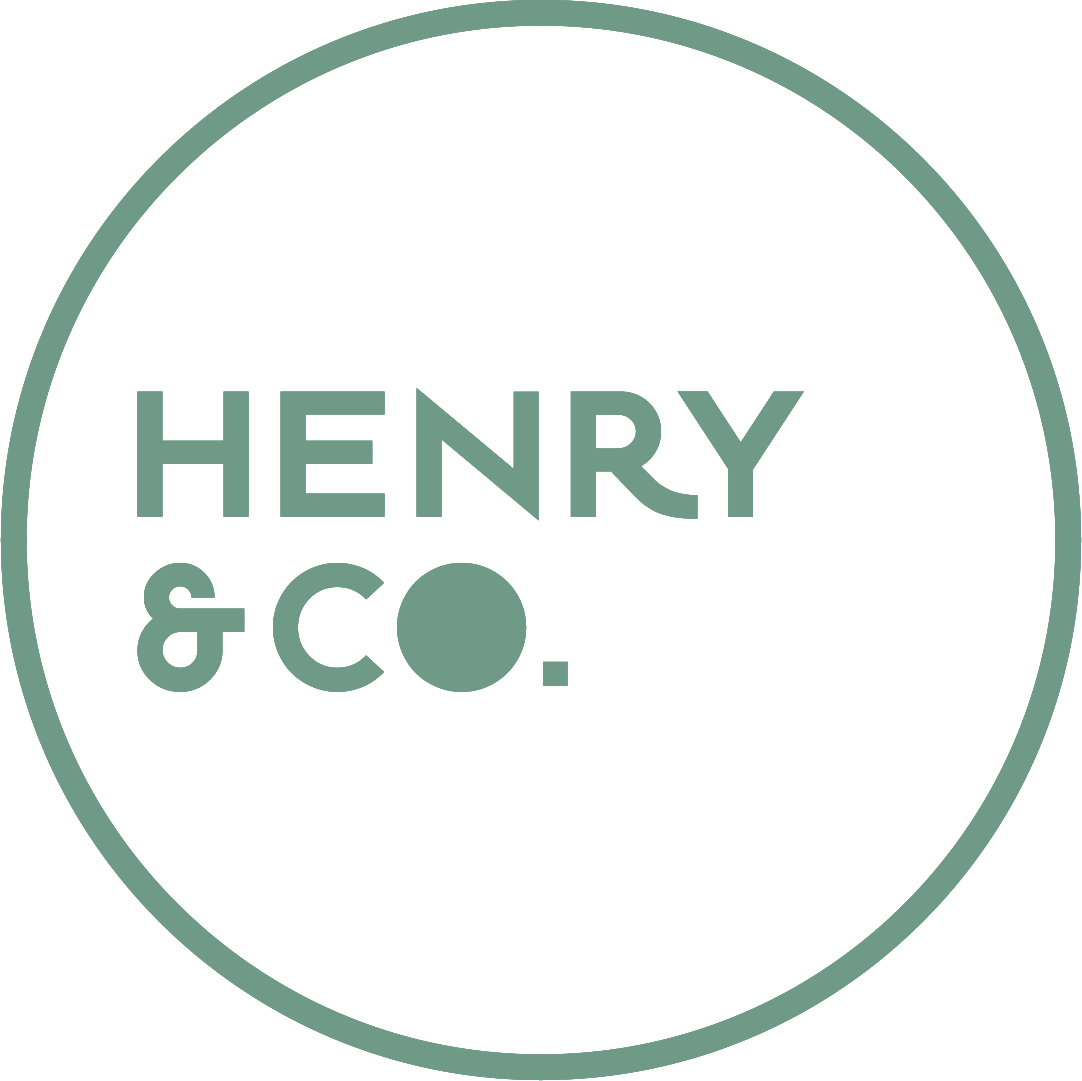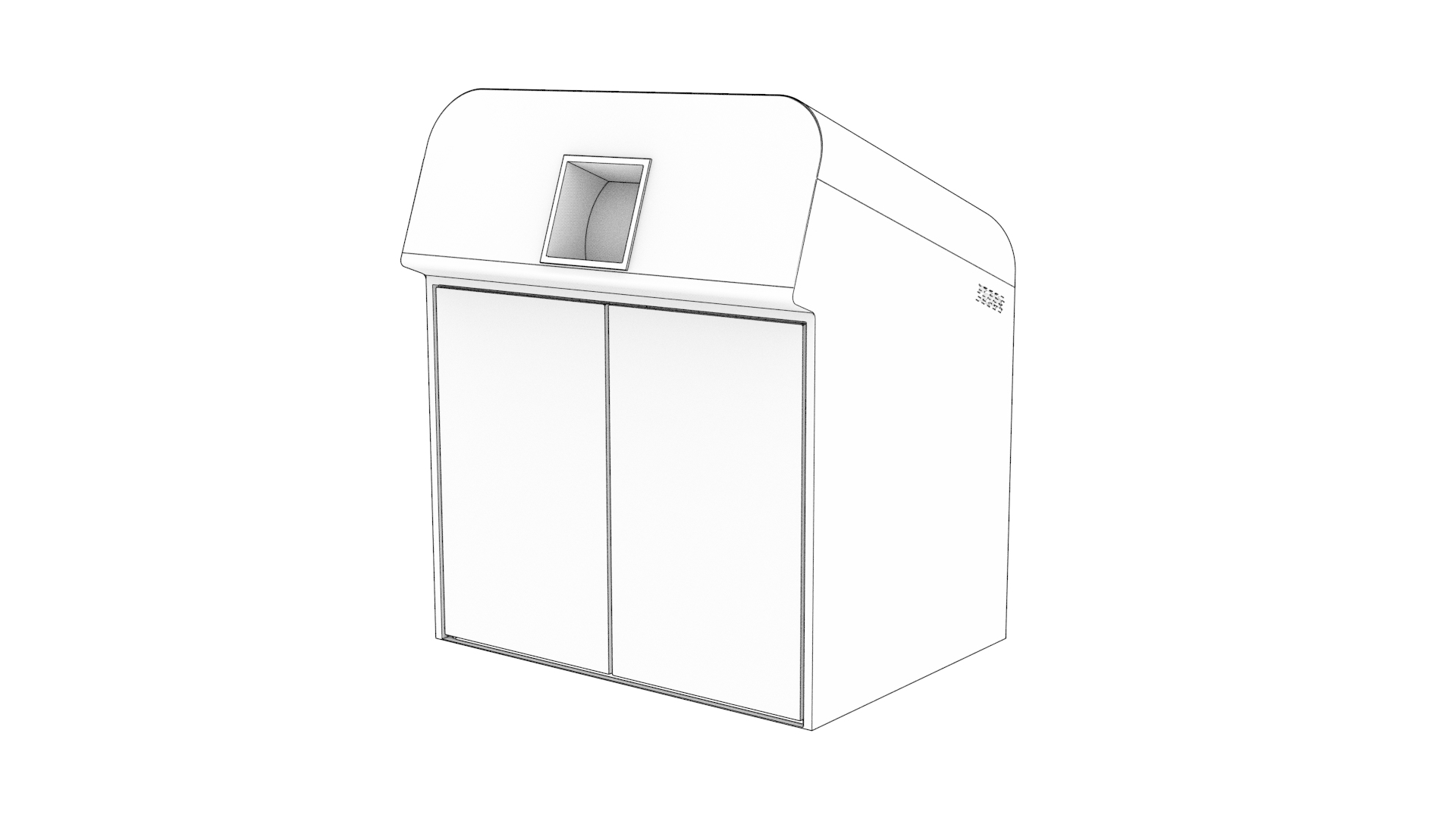Challenge
Activate the separate collection of used diapers to start a virtuous cycle of circular economy based on waste recycling and the recovery of secondary raw materials.
Outcome
Design of specific SMART BINS to minimize collection service costs while offering a flexible, easy-to-use, and incentivizing service to users.
Client
FaterSmart
SDGs
Absorbent products for personal care, such as diapers, account for 3-4% of urban waste, so the fundamental prerequisite for ensuring high recycling targets is the organization of separate collection services. In Italy, for example, the service is active in about 800 municipalities for a total of 12 million users.
In 2017 FaterSmart inaugurated in Italy the first plant capable of managing up to 10,000 tons/year of used absorbent products, transforming them into new secondary raw materials. It is a technological and systemic innovation, the first in the world, that makes it possible to recycle a category of products traditionally considered non-recyclable with proven environmental advantages.
In this scenario, it became essential to provide both users and operators with a collection tool that incentivizes the separate collection of this type of waste. HENRY & CO. was involved by FaterSmart in the design of a dedicated SmartBin for diaper recycling.
During the preliminary research, it became clear that the design of such a product, given the context in which it was conceived, should include intrinsic sustainability characteristics within the Smart Bin itself, such as the materials, transport optimization, ease of assembly…
Nowadays, urban furniture requires greater attention to detail to allow for its integration into any city context. Therefore, the analysis and subsequent design process focused also on the perceptions of reliability and usability that the object should convey with its aesthetics.
In the selection of materials to be used, not only were their ecological properties considered, but also aspects such as processing, assembly, maintenance, and durability over time. The aim of Sustainable Design is to design a product that is eco-friendly throughout its entire life cycle, from production to use until disposal at the end of its life.
From the research and analysis, the first drafts of ideas were created, leading to the 3 final Smart Bin proposals that were presented to the company. Each of them, though aesthetically different, was the natural result of the first phase and contained all the characteristics highlighted by both the brief and the design process as essential.
Sustainable Design is the creation of a product that is eco-friendly throughout its entire life cycle, from production to use and disposal at the end of life.
The design of the chosen proposal in 3D modeling was the final step before prototyping. Translating the ideas from paper to computer allows for two things: understanding the idea with the right proportions to better complete it, and facilitating smoother communication with technical offices to speed up the design work.
The Smart Bin was not conceived as a single product but as a family of bins with different capacities: 1100 l and 360 l. This allows for a broader range of placement possibilities across the region. One of the challenges was maintaining the distinctive traits of the family line across objects of significantly different sizes.
Seeing the prototype take shape helped refine all those details that hand drawing and 3D modeling could not capture. Dimensions were improved to ensure usability for a broader range of users, internal space was optimized for automation, and external colors and spaces dedicated to communication were defined.


